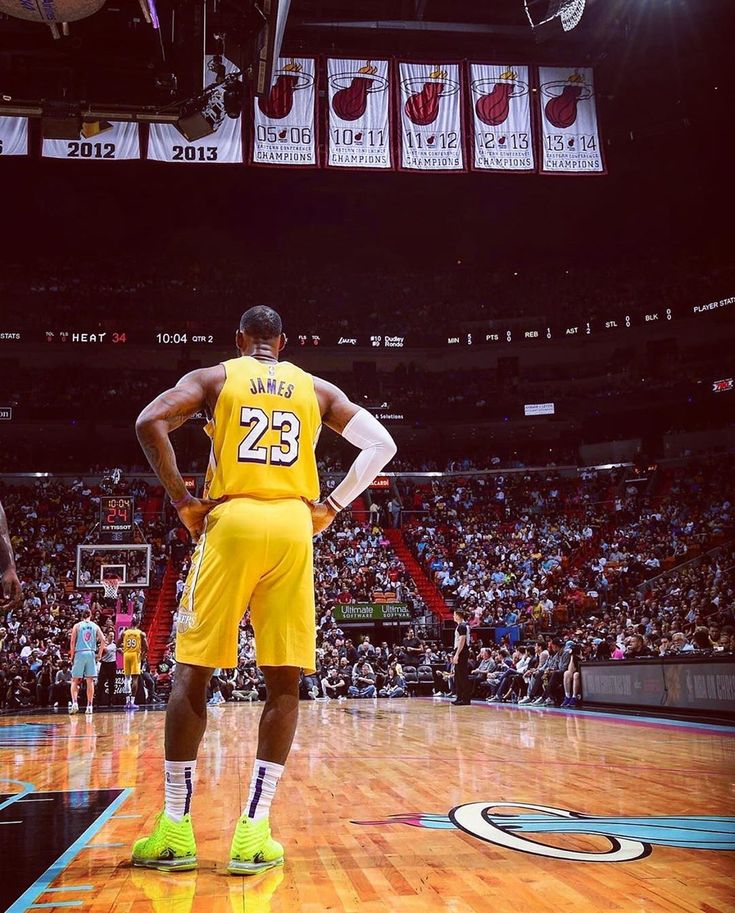Home »
Misc »
How to become a better offensive basketball player
How to become a better offensive basketball player
Tips To Improve Your Offensive Game
Tips To Improve Your Offensive Game
In order to be an effective offensive player at any level, you must have a firm grasp on a couple incredibly important traits. They might not always be flashy or popular things, which often means it goes overlooked, but they are absolute fundamentals for any aspiring athlete. No matter how big, fast, or strong you are, you won’t be able to out run, dunk, and dribble everybody and these details will help you build an overall more well-rounded game.
Take CoachUp’s tips with you to practices and games from here on out, you’ll most definitely see an improvement in your game over time. For most situations and scenarios, it isn’t the flashiest or the strongest player that gets the most playing time, but instead the most fundamentally sound. Remember, you can always get better!
Practice Your Shot
Work with your shooting form, starting with your feet to get a firm foundation.![]() Learn to shoot with your fingertips and get good rotation on your shot. No matter your age, ‘shoot’ the basketball and don’t just chuck it or aim! Practice, practice, practice — the more it’s reactionary and instinctual than purposeful math, the better.
Learn to shoot with your fingertips and get good rotation on your shot. No matter your age, ‘shoot’ the basketball and don’t just chuck it or aim! Practice, practice, practice — the more it’s reactionary and instinctual than purposeful math, the better.
To perfect your shooting technique, practice shots within just a few feet of the basket, then gradually increase your distance from the basket to the wing, to the elbow, etc. Practice lay-ups with proper form from both sides of the basket as well. Don’t forget about free-throws, either! In games and practice, don’t be afraid to look for shooting opportunities, but don’t force bad shots.
(Related: Read about improving your shot here.)
Become A Good Dribbler + Ball-Handler
Dribbling and ball-handling are fundamental skills for almost any offensive move with the ball. Practice dribbling drills and moves for at least fifteen minutes every day.
(Related: Read about your ball-handling skills here.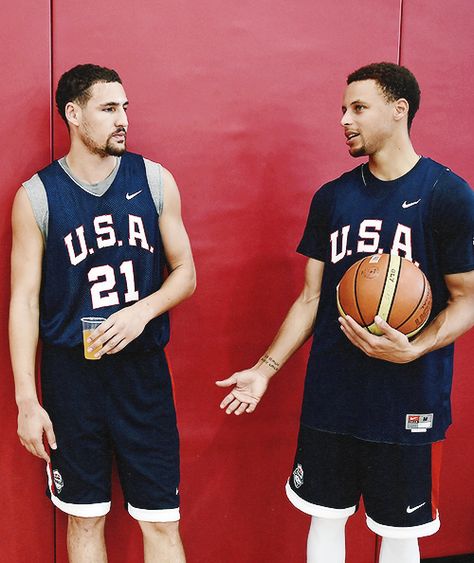 )
)
Learn the Triple-Threat Position
The triple-threat position is so incredibly important for keeping your defender on their toes. A viable triple-threat will have you pivoting to face your defender to have the option of shooting, passing or dribbling. You control the defender, so don’t limit your options by holding the ball in just one spot.
Be A Good Passer
Bad passing and turnovers will destroy a team faster than anything absolutely anything else. Make crisp bounce passes as they are harder to intercept. Avoid long cross-court passes unless your teammate is wide open and it fits your offensive scheme. Give your teammate a good pass so they can easily catch and transition into the triple-threat position.
(Related: Read about the point guard position and their responsibilities here.)
Court Awareness
The keys to better court awareness can be broken down to three main points! Always know where the ball is, keep your head on a swivel, and never, ever turn your back on the ball.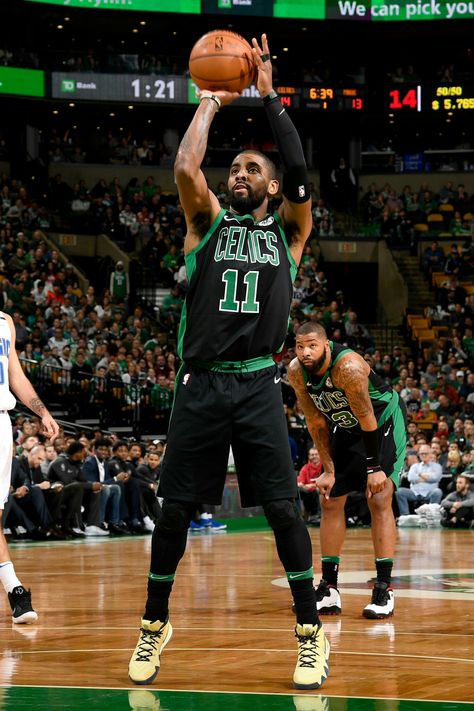 This means paying attention at all times, staying weary of back-door cuts, possible passes, or broken plays to take advantage of. Learn find an open areas on the floor for easy, high-percentage shots.
This means paying attention at all times, staying weary of back-door cuts, possible passes, or broken plays to take advantage of. Learn find an open areas on the floor for easy, high-percentage shots.
Go Hard For The Offensive Rebound
Many easy baskets are scored on second and third chances, so stay at it no matter what. Get in the habit of following your own shot as well. Many times, if your shot is too short or hard, it will come off the rim right back towards you. Depending on the style of play your team has, you may attack rebounds more often than others, but weak side rebounds are often there for the taking. Again, you might be surprised to find out that those hard-working players will find the floor more often than those more technically skilled.
(Related: Read about becoming a beast on the glass here.)
Get The Ball Down The Floor Quickly
Fast-break whenever possible to beat the defense down the court, but play under control at all times. At all costs, avoid turning the ball over! Obviously, you can’t score if you don’t have the ball, so don’t be afraid to slow it down and get into your half-court set if that feels more appropriate. Remember, you must be quick, but never hurry.
At all costs, avoid turning the ball over! Obviously, you can’t score if you don’t have the ball, so don’t be afraid to slow it down and get into your half-court set if that feels more appropriate. Remember, you must be quick, but never hurry.
(Related: Read about running the fast break here.)
Avoid Too Much Dribbling
Too much dribbling allows the defense time to reset — quick passing and cutting is the key to smooth offensive basketball. When you receive a pass, consider not immediately dribbling, but instead going into the triple threat — it will make you a much more tougher assignment. Coach John Wooden told his players to end their dribble with either a pass or a shot — which may seem odd, but it’s actually incredibly sound advice. Don’t stop your dribble until you can do either of those things.
(Related: Read about improving your weak hand here.)
Move Without The Ball
Don’t stand still, set picks, make cuts through the paint, and go back-door on your defender. Too often, teams will play a very ball-dominant player and, typically, his teammates will end up watching him more than they’ll play. The style of offense you run may dictate some of this, but you should never stay in one spot on the floor for more than a couple of seconds because it allows the defense to guard you with little effort.
Too often, teams will play a very ball-dominant player and, typically, his teammates will end up watching him more than they’ll play. The style of offense you run may dictate some of this, but you should never stay in one spot on the floor for more than a couple of seconds because it allows the defense to guard you with little effort.
(Related: Read about moving without the ball here.)
Huddle Up
In the end, these aren’t every trait that you need to focus on during your training — no, in fact, this is just an incredibly small sampling. But, we’ve given you a couple ideas for each to build off of — if you find yourself further interested, check out the related reads under each section. Those specific articles will go into deeper detail than we’ve done here, so we strongly recommend checking those out.
However, if you’re still struggling with some of this, consider booking one of CoachUp’s private trainers to help you out. Our team’s advanced knowledge and expertise will help you get out of any bind, drama, and last-second situation with confidence — so what are you waiting for?
How useful was this post?
Click on a star to rate it!
Average rating 4.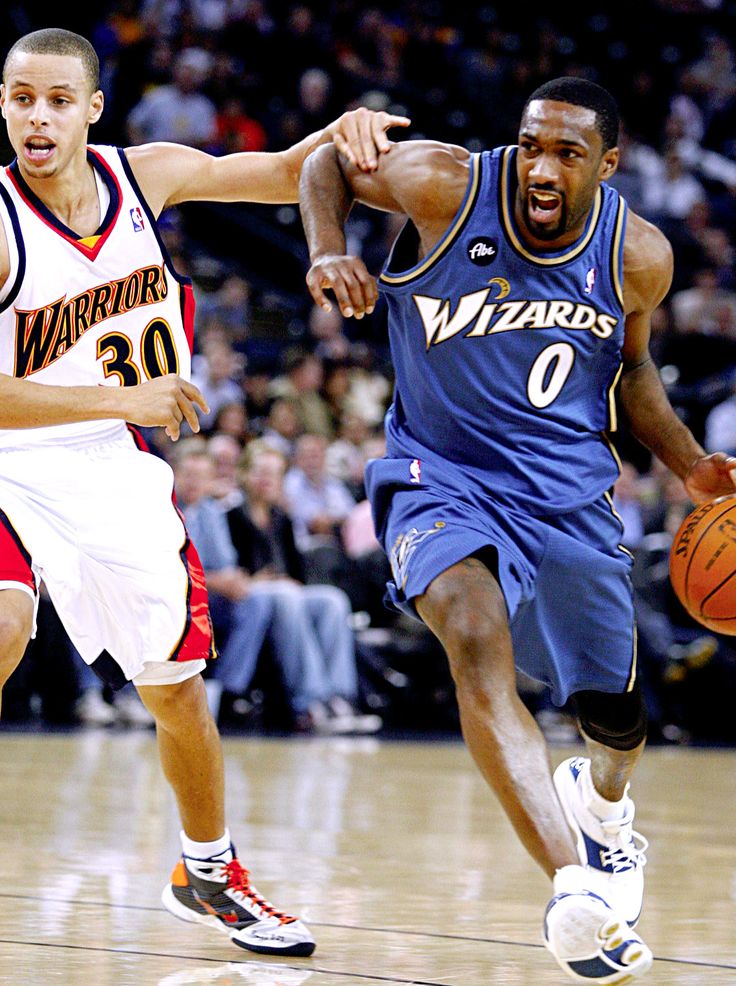 5 / 5. Vote count: 30
5 / 5. Vote count: 30
No votes so far! Be the first to rate this post.
How to Improve Basketball Moves and Individual Offense
By Don Kelbick
Individual offense is often called one-on-one basketball
moves. I prefer to call it individual offense due to the fact that basketball
is a team game. In teaching players individual basketball moves, often the
wrong message can be sent. Players get mixed messages when they come to
practice after a summer of working on individual skills and we ask them to
integrate those skills into a team concept.
Do we just teach the skills or do we want them to learn the
mentality as well? Terminology and
context that we use to teach can put things into perspective. We like fancy
names for drills and the things we come up with, but on this subject,
simplicity might be the best way to present it. How about calling this section,
"Here are the things you can do to score when you have the ball.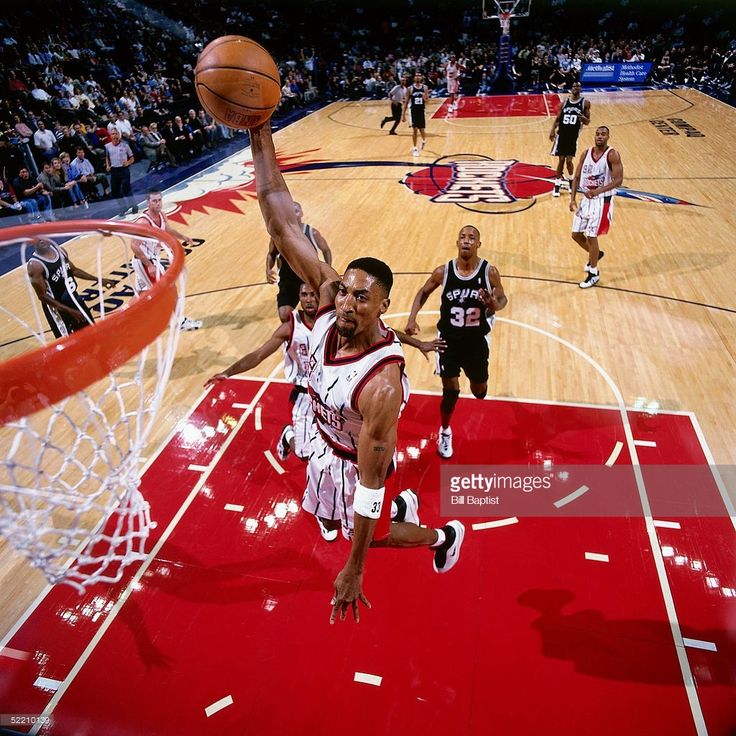 " Then, you
can take those things and teach players where to use each skill and, most
importantly, what it creates, not only for him but for his teammates.
" Then, you
can take those things and teach players where to use each skill and, most
importantly, what it creates, not only for him but for his teammates.
The Myth of the Triple Threat
Ever since I was young, I have heard about triple threat,
triple threat position, be in position to shoot, pass, or dribble. While it is
true that you have to be prepared, the reality is only one of those actions is
a threat. When was the last time that your defensive game plan was to leave the
shooter alone and guard the dribbler? How about, "this guy can really pass,
make sure you play him and if you have to leave a shooter to do it, then leave
the shooter"? That would, and should, never happen. For that reason, I believe
that the 3 threats of a triple threat position are SHOOT, SHOOT, SHOOT!
New Triple Threat: SHOOT, SHOOT, SHOOT
First and foremost, nothing happens on offense without the
threat of a score. When your defense thinks that you can score on every touch,
it forces him into very uncomfortable positions. Attacking and constantly putting
pressure on your defense will force him to break down over the course of a
game. It will destroy his help intentions, making additional opportunities for
your teammates, and have a negative impact on his offense.
When your defense thinks that you can score on every touch,
it forces him into very uncomfortable positions. Attacking and constantly putting
pressure on your defense will force him to break down over the course of a
game. It will destroy his help intentions, making additional opportunities for
your teammates, and have a negative impact on his offense.
Shoot, Shoot, Shoot means every time you catch the ball, it
immediately goes into shooting position. The ball goes right into your shooting
pocket, your knees are bent and you are in an athletic position. Shoot, Shoot,
Shoot means every time you catch the ball, you face the basket. It sounds
elementary (of course you face the basket!) but how many times have you seen
players turn their back to the basket? How many times do you see players face the
corner or the top, cutting off large portions of the court from their vision?
Shoot, Shoot, Shoot means every time you catch the ball,
your eyes go to the rim.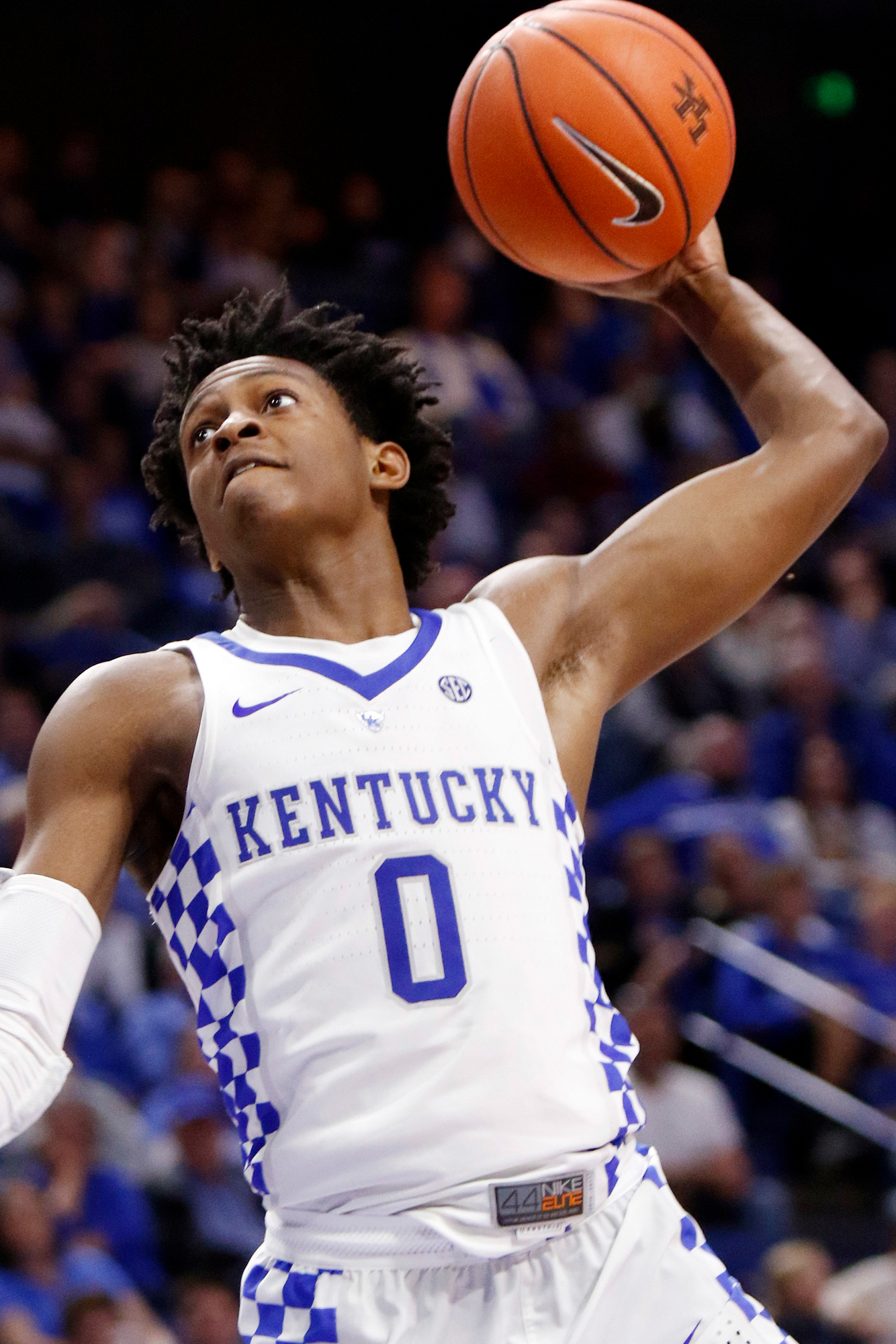 By looking at the rim, from any position, allows you
to see everything that happens on the floor.
By looking at the rim, from any position, allows you
to see everything that happens on the floor.
Shoot, Shoot, Shoot means every time you catch the ball,
your feet get in position and your footwork improves. You get quicker because
you are in better position. Your pivoting violations (like traveling) go away
because your feet have more of a purpose.
Lastly, shooting is a skill that can't be a second
thought. You might be able to
recover FROM a shot, but YOU CANNOT RECOVER TO A SHOT. You can think shot and recover to a pass, you can think shot
and recover to a dribble, but you can't go the other way. How many times do you
see a player get a pass in the corner and start looking for someone to pass to?
Everyone on his team, every one in the stands starts yelling, "Shoot, Shoot!"
While he is looking for some one to pass to, he didn't notice that he is wide
open. Eventually, he gets around to shooting the ball and it NEVER goes in.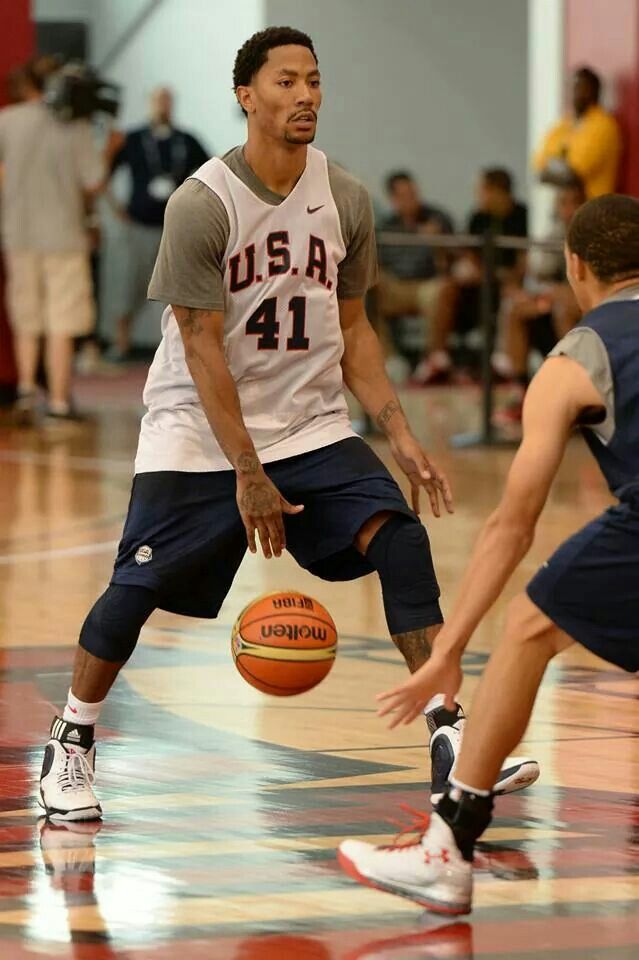 That is because you can't recover TO a shot.
That is because you can't recover TO a shot.
So, every time you catch the ball, your first thought is
SHOT, your second thought is SHOT and your third thought is SHOT! Now that is
really a triple threat.
Addendum by Joe Haefner
When you first read the "Shoot. Shoot. Shoot." mentality, you might think it sounds a bit crazy. I know that I did.
But after I saw Don teach it and incorporate it, I thought it was genius.
After using it for over a decade, I would not teach any other way now. My player's are just better. They're more confident and more assertive.
This is an example of how you can introduce it to your players and it also helps clear up some misunderstandings if you have any:
After introducing the new triple threat, you can ask them, "What happens to your feet when you think shot?"
After a few player responses, you can say, "Yeah.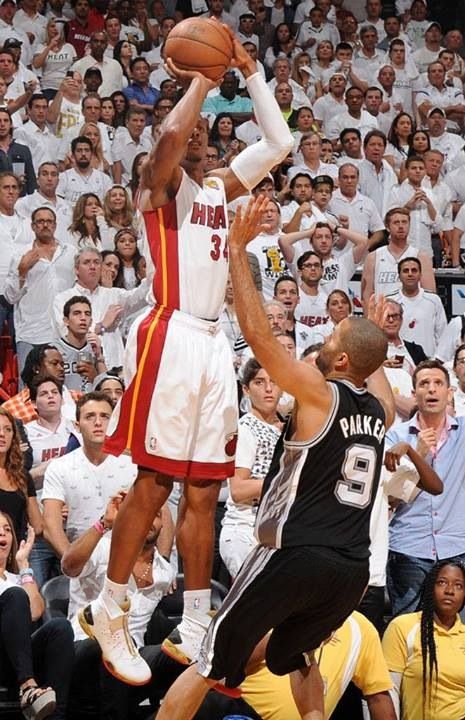 You aggressively face the basket. You turn as fast as you can under control."
You aggressively face the basket. You turn as fast as you can under control."
After that, you can ask "Now, why is this important?"
This is usually where you might lose them. If you're lucky, you might have a few bright players that figure it out. So if they don't answer in a 5 seconds, you can say to them, "If you turn slowly, it allows the defense to get set and you lose your initial advantage."
"If you aggressively turn and face the basket like you're going to shoot the ball, it puts pressure on the defense. If they do NOT sprint out to defend and it is a good shot for you, you can shoot the ball."
"Now by thinking 'Shot. Shot. Shot' and getting into your shooting position as quickly as possible, the defense has to cover more ground to contest your shot. Now the defense has to rush out and defend you. If the defense is flying at you at a fast speed, you have the advantage because their momentum is coming towards you and it will make it difficult for them to guard the drive. "
"
Next, I'll ask them, "If you Think Shot, what happens to your eyes?"
Most groups usually get this one right away, "Your eyes are looking at the hoop."
"Yes. And when they're looking at the hoop, this does a couple of things for you. Eyes are one of the greatest weapons for fakes and the defense might jump and create a driving or passing lane for you."
"Two, if your eyes are up, you can see what?"
"Yeah. You can see the whole floor. You can see the defense. You can see your teammates."
"Now should you still think 'Shot. Shot. Shot' if you are outside of your shooting range?"
"Absolutely! Even if you would never shoot the ball because it is a poor shot for you, just by looking like you are going to shoot the ball will put more pressure on the defense and pull them out of position. Defenders instinctually will fly out of position if you look like you're going to shoot the ball even if you're a terrible shooter from that spot.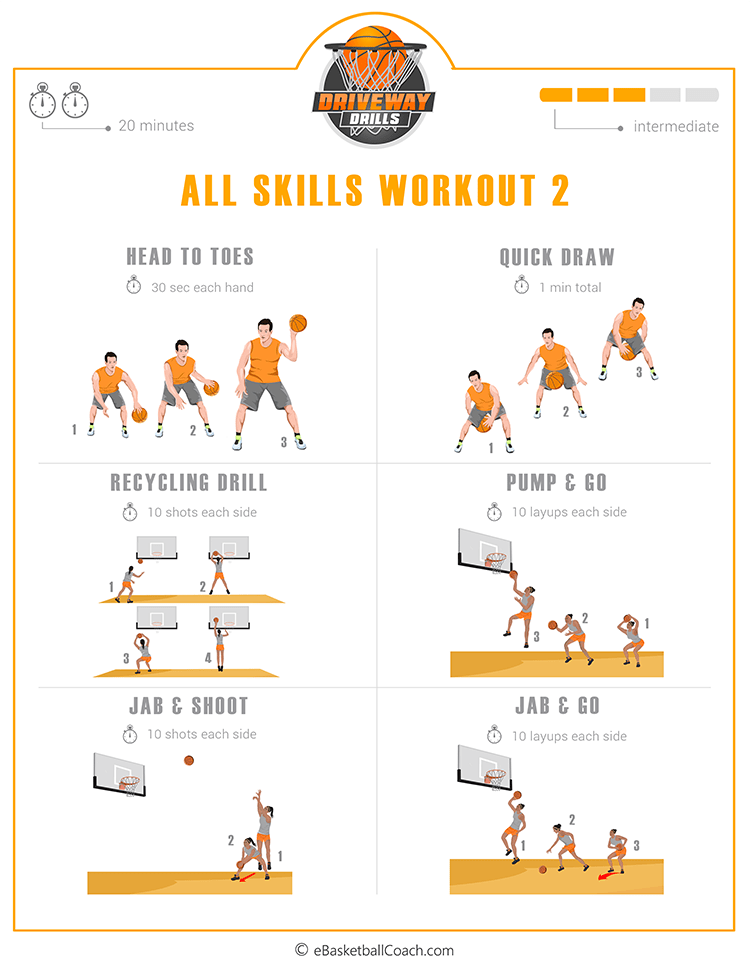 "
"
As you can see, this mentality can be a great tool to instantly make your team better at offense.
How to Use the Dribble
The most overused, needlessly exercised and mismanaged skill
in basketball is the dribble. It has become something to do while you have the
ball. It doesn't need to have a purpose; it doesn't need to have a direction.
Just catch it and put it on the floor. That is why the American game has become
so ugly and why our kids don't have a firm concept of quality offense.
I believe the purpose for putting the ball on the floor is
to get closer to the basket. Just like the "Shoot, Shoot Shoot," mentality that
helps you be aggressive on the catch, when you put the ball on the floor you
should think one thought, "LAYUP!"
By thinking lay-up, your dribble becomes aggressive and
purposeful. Never do in 2 dribbles what you can do in 1.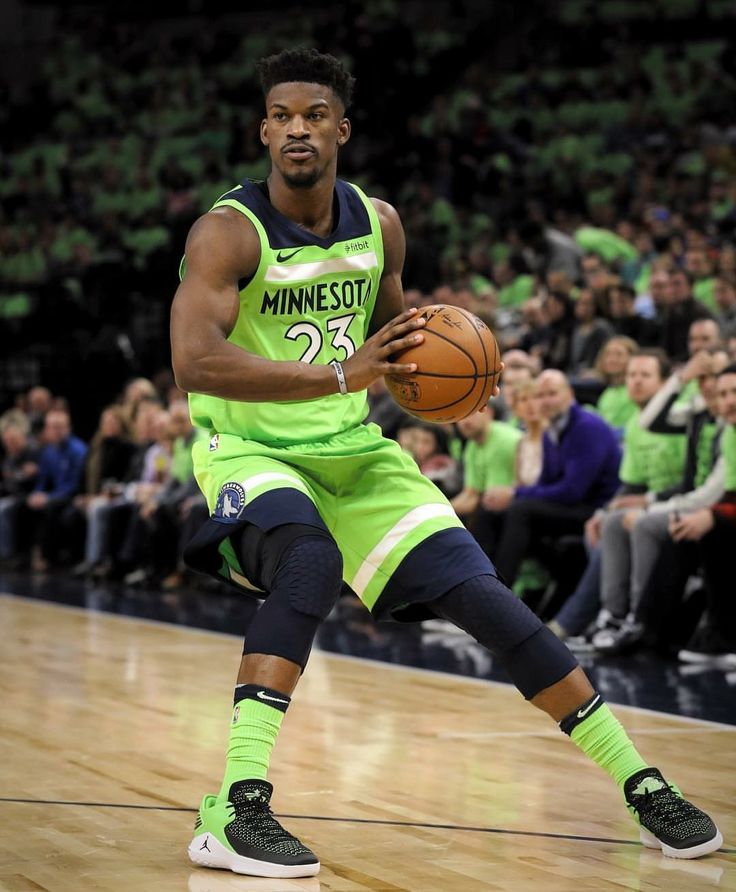 When you put the ball
on the floor, your dribble should be long, hard and to the basket. Separation
from your defense is accomplished with the ball and if you can't separate with
the first dribble you won't separate at all. Your line should be straight at
the basket. Getting your defense to step backward is key to any offensive move.
When you put the ball
on the floor, your dribble should be long, hard and to the basket. Separation
from your defense is accomplished with the ball and if you can't separate with
the first dribble you won't separate at all. Your line should be straight at
the basket. Getting your defense to step backward is key to any offensive move.
And, just like shooting, you can't recover to a shot. How
many turnovers have you seen created because your player goes on the dribble,
looks to pass, and the defender plays the pass? If it is not a turnover it
becomes an off balance, poor attempt at the basket. If your player intended to
take a lay-up and the lay-up is defended, he can always pass off. However, it
doesn't work the other way.
Improve Quickness by Playing the Angles
The shortest distance between two points is a straight line.
If you can get your footwork to go in a straight line to the basket, your
player instantly become quicker, due to more efficient footwork, faster
(definition of speed is mass/distance) and more aggressive. The more he
deviates from a straight line, the more of an advantage the defense gains. If
"North" and "South" indicate direct lines to the basket, then it stands to
reason that any time you make an "East – West" move, you should recapture
"North – South" as quickly as possible. That is a very obvious concept in
football. A running back runs parallel to the line of scrimmage looking for a
hole. Once he finds the hole, he turns his shoulders and hips up the field and
goes. In other words, if you make a crossover move, get pointed directly back
to the front of the rim as quickly as possible.
The more he
deviates from a straight line, the more of an advantage the defense gains. If
"North" and "South" indicate direct lines to the basket, then it stands to
reason that any time you make an "East – West" move, you should recapture
"North – South" as quickly as possible. That is a very obvious concept in
football. A running back runs parallel to the line of scrimmage looking for a
hole. Once he finds the hole, he turns his shoulders and hips up the field and
goes. In other words, if you make a crossover move, get pointed directly back
to the front of the rim as quickly as possible.
Teaching players that you beat the defense with your feet
and you separate with the ball will help keep your dribble efficient and
effective.
Get the Ball Where You Can Score
Putting yourself in position to score means starting and
finishing your move to get the ball in your range. Whether you V cut, L cut,
come off a screen, etc., you have to receive the ball in a scoring area. Players
must mentally condition themselves that they are working to get the ball in
their scoring area, not just get the ball. By getting the ball in your scoring
area you immediately put your defense at risk. He must now react to what you
do. If you are aggressive, he will always be a count behind your move.
Whether you V cut, L cut,
come off a screen, etc., you have to receive the ball in a scoring area. Players
must mentally condition themselves that they are working to get the ball in
their scoring area, not just get the ball. By getting the ball in your scoring
area you immediately put your defense at risk. He must now react to what you
do. If you are aggressive, he will always be a count behind your move.
On your catch think "Shot!" If his hands are down, if he has
stepped off and you are in your range, let it go. The next time you get the
ball, think "Shot!" If your defense is not sensitized to your shot, he will
step up, play a little more upright to stop your shot (if not, let it go
again). As he comes up, put the ball on the floor think, "Lay-up!" and beat him
straight line to the basket.
The effectiveness of any basketball move starts and ends with
the immediate possibility of a score.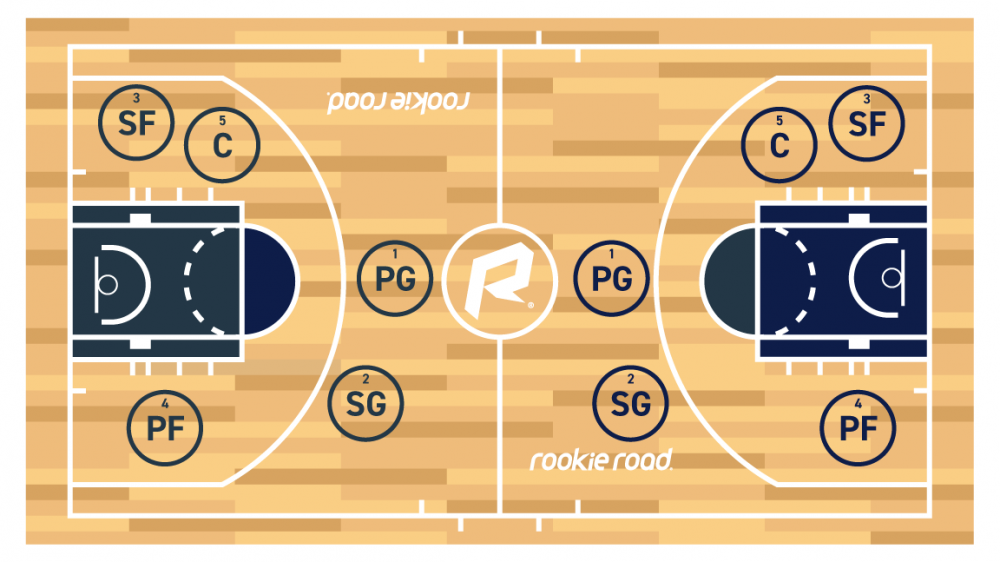 If you are not in a position to score or
don't have the mentality that makes you strong and aggressive, any offensive
moves will not create what you want.
If you are not in a position to score or
don't have the mentality that makes you strong and aggressive, any offensive
moves will not create what you want.
The Secret to Shot Fakes
A shot fake is a shot not taken. Everything is the same as a
shot, the ball is in your shooting pocket, your body is in a shooting crouch,
and you are square and facing the basket. You just don't let it go. Shot fakes
are very effective in the realm of individual offense. One of the aspects of
effective offense is controlling the defense, putting the defense at risk and
forcing it to react to your offense. Within your "Shot, Shot, Shot" mentality,
shot fakes do a great job of forcing the defense to play in an uncertain manner
and as a reactor, thereby putting the defender a step behind the offense. This
is another reason why whenever you catch the ball, it immediately goes into
shooting position.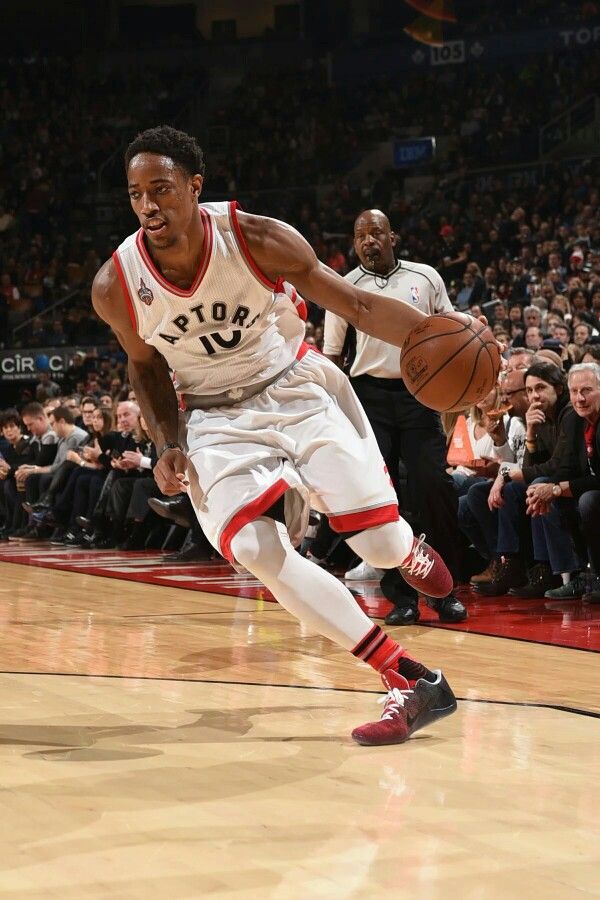 When you are a threat to score, and do it immediately on the
catch, your defense must play the shot right away leaves him vulnerable to
anything else that you throw at him.
When you are a threat to score, and do it immediately on the
catch, your defense must play the shot right away leaves him vulnerable to
anything else that you throw at him.
This is not to be confused with a pump fake. I am not a fan
of pump fakes. First, I don't believe that you can fool a defense (at least a
good one). Unless your pump is exactly the same as your shot, in form and
rhythm, the defense is not going to bite. But more importantly, a pump fake
takes you out of your good shooting position. As you move the ball and your
body through the pump fake, you add moving parts to your shot that will hurt
its consistency. It also forces you to take more time, due to the recovery from
the pump, to get your shot off. These things will have a negative effect the quality
of your attempt.
I have found it much more effective to sell your defender
that you will shoot if he gives you the chance and then let him try to adjust
to stopping your shot.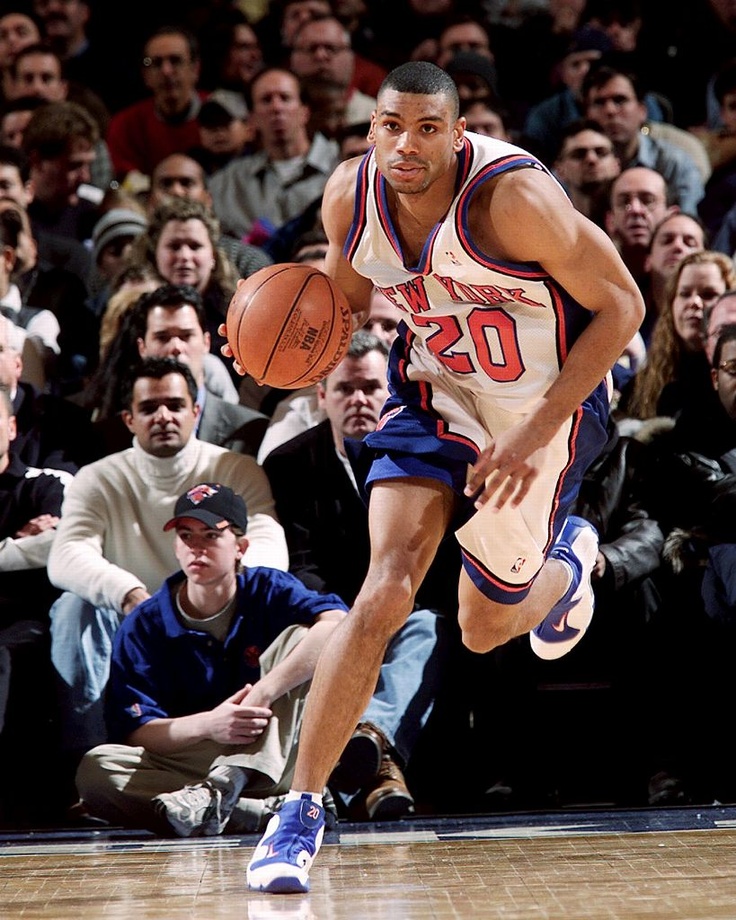 This, again, is done by your "Shot, Shot, Shot"
mentality and the appropriate attack when you get the ball.
This, again, is done by your "Shot, Shot, Shot"
mentality and the appropriate attack when you get the ball.
Individual Offense Drills
- Pivot Shooting
- Wing One-on-One
- Top One-on-One
More Basketball Drills
Coaches, go here for more Basketball Drills
Players, go here for more Basketball Drills
Recommended Videos & eBook:
|
|
The Attack & Counter Skill Development System
This eBook & DVDs will improve your shooting, ballhandling, footwork, perimeter moves, post moves, finishing, aggressiveness, quickness, confidence, mentality, and your all-around game!
Designed by NBA skills coach Don Kelbick, this unique and comprehensive system is incredibly simple when compared to other skill development programs. Yet it works with NBA and pro players at the highest level... (more info) Yet it works with NBA and pro players at the highest level... (more info)
|
What do you think? Let us know by leaving your comments, suggestions, and questions...
How to become a professional basketball player?
The main basketball player of Soviet Russia Alexander Gomelsky once said that basketball is a game of the 21st century. Who invented basketball? This magnificent game was invented by a physical education teacher at the American College of Springfield at the end of the 19th century. This game perfectly reflects the modern reality thanks to the competitive spirit, rhythm, speed and emotions. Basketball is a combination of speed, power, willpower and intelligence. Basketball helps everyone develop regardless of gender and age. Basketball is a unique sport that is great for women.
One of the main advantages of the game is the positive impact on the player's health due to physical activity of varying intensity.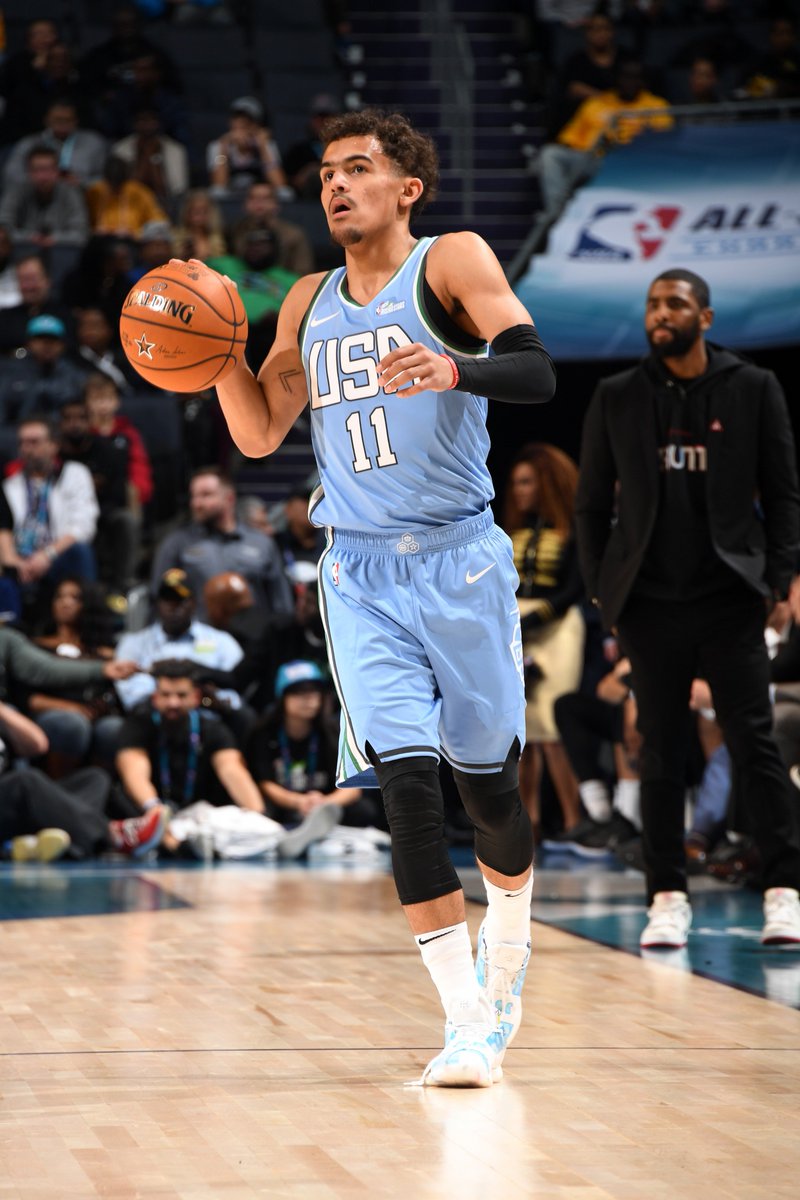 In one game, each participant runs 7 kilometers, makes more than 20 jerks at high speed, and also makes many jumps. This active game is a kind of simulator for the respiratory tract, digestive system and endocrine glands. Playing basketball has a positive effect on the player's vision and the functioning of the cardiovascular system. Needless to say, with basketball you will always stay in shape?
In one game, each participant runs 7 kilometers, makes more than 20 jerks at high speed, and also makes many jumps. This active game is a kind of simulator for the respiratory tract, digestive system and endocrine glands. Playing basketball has a positive effect on the player's vision and the functioning of the cardiovascular system. Needless to say, with basketball you will always stay in shape?
Basketball master class by Dmitry Bazelevsky
Basketball should be practiced from an early age
Basketball is a great sport that everyone can do. Starting to play basketball to achieve professional goals should be from early childhood. For the development of the child, both physically and mentally, he should be involved in individual and team sports.
Sport helps to develop spiritually, fight against complexes, the young player begins to realize his physical abilities and gets used to a disciplined order. Such a team sport as basketball helps to get along in human society, make friends, teaches responsibility not only for oneself, but also for the whole team, develops the spirit of competition.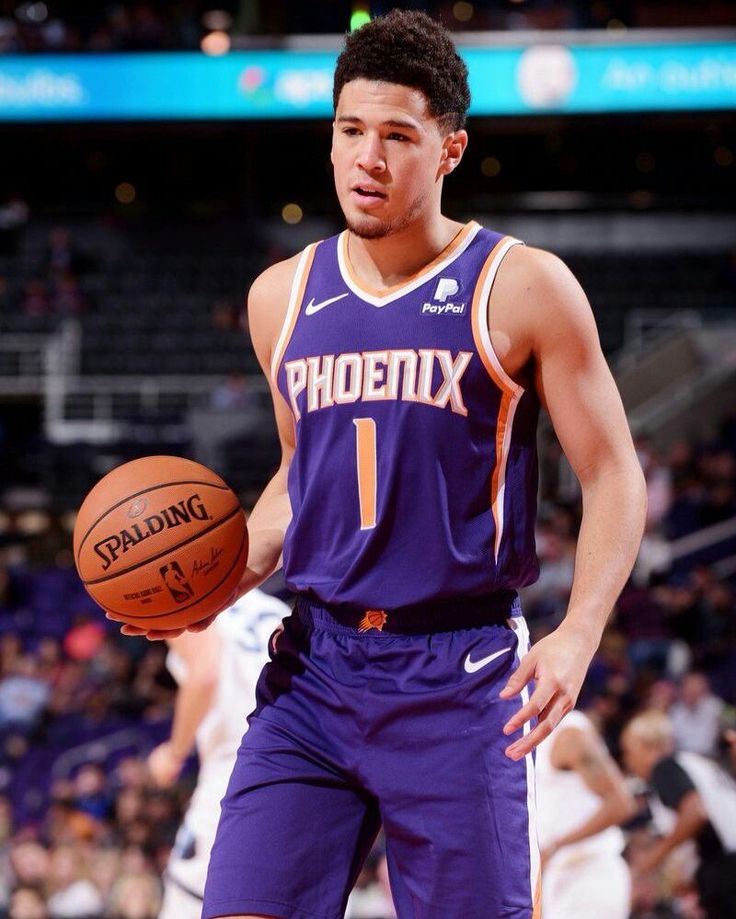 Basketball develops not only physically, but also helps to adapt in society, to feel like a part of the whole world.
Basketball develops not only physically, but also helps to adapt in society, to feel like a part of the whole world.
Jeremy Lin
Don't force your child to do a particular sport, let him try everywhere and then decide what he likes best. This is what American psychologists advise to do. In American schools, there are great opportunities to make a basketball career from childhood. There are high-quality trainings, and in order to get into the team, they conduct tests for children and thus reveal true talents. If your child sees himself only in basketball, then you need to find him a qualified coach. Many parents want to see the result immediately and are too demanding of both the coach and the child.
Leandro Barbosa
This attitude is inherently wrong and can give rise to a number of problems, such as the refusal of a small athlete to play sports because of too much work. First of all, you need to see each class as a lesson in spiritual development, and not a competition for the World Cup.
If you have already decided on a coach, then you should not load the boy with endless training on the field and immediately turn him into a basketball star. Until the child is 14 years old, let him spend on the field no more than four times a week. This is enough to hone the technique of the game.
Young children most often do not withstand many hours of training, and get mental disorders instead of world fame. A professional coach must himself understand what level of load should be given to the ward, so that it does not harm, but only benefit. Finding a specialist in this field is not easy. To date, training is mainly carried out by teenagers, as a competent coach needs serious payment.
Unfortunately, the financing of youth sports in our country is at a very low level. Having found an adult trainer, you should not rejoice, older people are not the best option for active training. How to choose an average parent who does not understand anything in sports a good coach for their child?
The first thing you should remember is that a basketball specialist should understand that the first positive results will not come soon and should not put pressure on a novice player.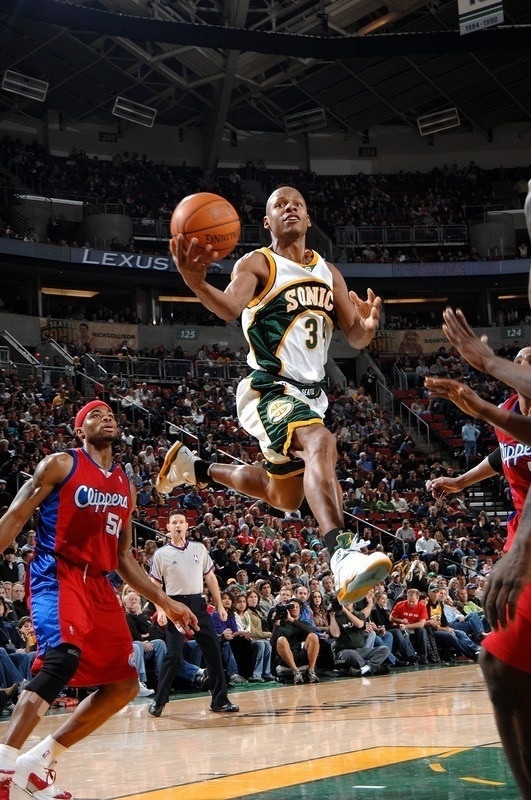 Parents should monitor the behavior of the coach in the classroom so that he does not in any way humiliate the personality of the children. In addition, a good coach must have the qualities of a psychologist, understand children and give them the right direction.
Parents should monitor the behavior of the coach in the classroom so that he does not in any way humiliate the personality of the children. In addition, a good coach must have the qualities of a psychologist, understand children and give them the right direction.
To understand if a coach is right for you, pay attention to your son's behavior after training. If he comes on a positive note, then it is worth working with the coach. If the boy is depressed, he has an emotional failure, then it is better to refuse such a coach and continue the search.
Basketball seminars. Author: Maxim Gordienko
A basketball player must prepare his physical and spiritual body
A future basketball player must be ready for the game both mentally and physically (it is important to jump high). He should not be very upset when losing and should clearly understand that this is the result of a bad game or a dysfunctional team. Basketball helps a person to perceive defeats and rejoice in victories.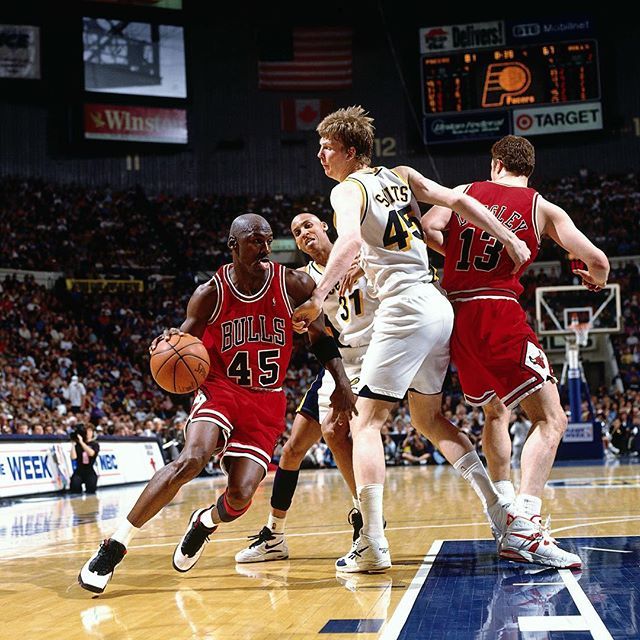 Basketball is a kind of life, because every person experiences such feelings throughout his years.
Basketball is a kind of life, because every person experiences such feelings throughout his years.
- A child playing basketball since childhood will not only have an athletic physique, but also a hardened heart and will go through life easily, experience less stress than his peers. Basketball communication with peers. Sometimes life problems arise on the field, with which children learn to fight and win from childhood.
- Parents who dream of dedicating their child to professional basketball athletes have to decide what is more important for them, sport or education? Many want teenagers to spend more time in the gym, as it is more interesting for them there than at school, and a sports career with multimillion-dollar fees warms the soul. Basketball is one of the most expensive sports, so parents see it as a chance to get out of poverty. But even professional athletes say they lost a lot by dropping out of higher education.
- Therefore, you should not deprive your children of the opportunity to get a higher education, because sooner or later they will still understand what a mistake they made.
 Suddenly, a sports career fails, then children may not be left with their lot. The best option is to combine sports with study.
Suddenly, a sports career fails, then children may not be left with their lot. The best option is to combine sports with study. - The most important qualities that every professional athlete has before reaching adolescence is coordination and internal balance. Children should also be able to pass, throw, catch the ball, drive it, run without the ball and hit the basket. Without coordination, there can be no question of the profession of a basketball player.
Vince Carter
How does a young basketball player learn?
First, the child is introduced to the basic rules of the game and techniques. Such an acquaintance does not happen in one lesson. Before the start of the lesson, all athletes warm up, run around the hall, stretch, pass the ball to each other, take turns hammering into the rings to work out the throws. Then individual fragments of the game are taught.
Throw, attack, defense situations are simulated. At the first stage, the main focus is on the acquisition of the player's physical endurance, which serves as the basis for doubling the load.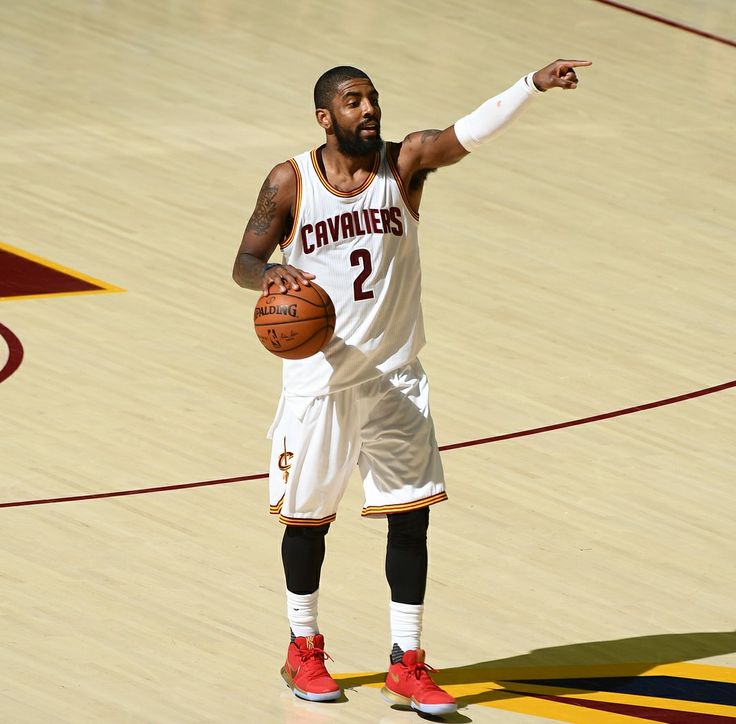 After the basketball player has mastered the basics of the game, the coach moves on to teaching more complex techniques. One of the elements of basketball includes martial arts as a means of attack and defense. Children will learn new ways to catch and pass the ball. Every competent coach should pay special attention to specialized tasks. The emphasis is on team play, creating a special atmosphere between team members. The competitive spirit is growing. After the basketball players have learned all the tricks of the game, special emphasis is placed on the game. The time of victories and defeats begins.
After the basketball player has mastered the basics of the game, the coach moves on to teaching more complex techniques. One of the elements of basketball includes martial arts as a means of attack and defense. Children will learn new ways to catch and pass the ball. Every competent coach should pay special attention to specialized tasks. The emphasis is on team play, creating a special atmosphere between team members. The competitive spirit is growing. After the basketball players have learned all the tricks of the game, special emphasis is placed on the game. The time of victories and defeats begins.
Dwyane Wade and Lebron James
Every professional basketball player needs to know what role each player plays. The playmaker is the main player on the team. Usually they are the best basketball players on the team. His role is excellent ball handling and passing. To repel attacks, forwards and center players come into play. The movement of the forwards is distributed along the phalanxes, and the center player is directly in the center.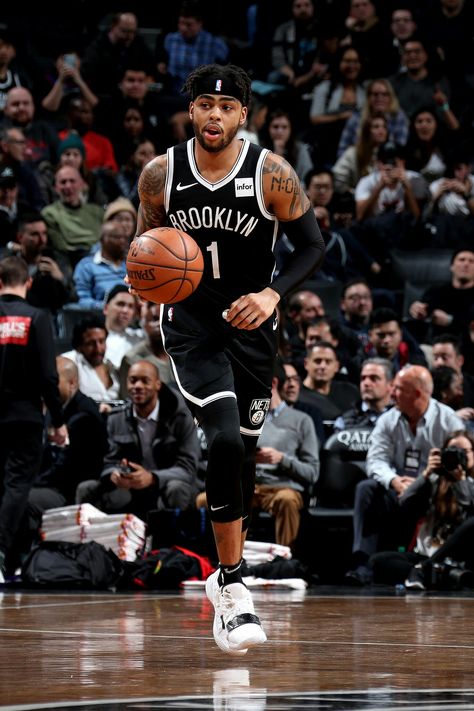
Few people want to become a center player, since it is he who has to withstand all the attacks of opponents. Such a player can score the highest ratings for a brilliant game. In order to win, the actions of each player must be clearly coordinated with the team. You should not set yourself the goal of gaining the best statistical data, because without attaching importance to game combinations, you can easily lose ground.
The player must be prepared for the fact that the coach will change the composition, either by adding more forwards, or by post players. Such tactics help to confuse the enemy and win the game even against the strongest team. Defense tactics is one of the main techniques, and is divided into zone and personal.
When a team beats a zone defense, the players try to cover their opponent. During personal defense, the player blocks a specific opponent, who at that moment is trying to take the ball out of his hands. The pressing technique suppresses active players and is used throughout the playing area, regardless of the size of the playing field.
Blake Griffin
Team play scores are based on a number of metrics such as points, rebounds and blocks. Subjective indicators have a significant impact on the winnings of a team. These indicators include shots, passes, dribbling and feints. Throwing on the area of the ring is an important part of the game and serve as the main indicators to get the most points.
Passing is also a key part of the game and leads to victory. To get decent points, you need to remember the rules of the game of passing. Deceptive moves with the body or the ball aimed at distracting the opponent are called feints. The concept of dribbling refers to the player's ability to drive the ball around the hall.
To become a worthy sportsman you need to have a strong will and diligence. If you skip workouts, be lazy and not train your body, then you will not achieve significant results. Each champion has to wake up early in the morning, do a warm-up, diet and follow all the instructions of the coach.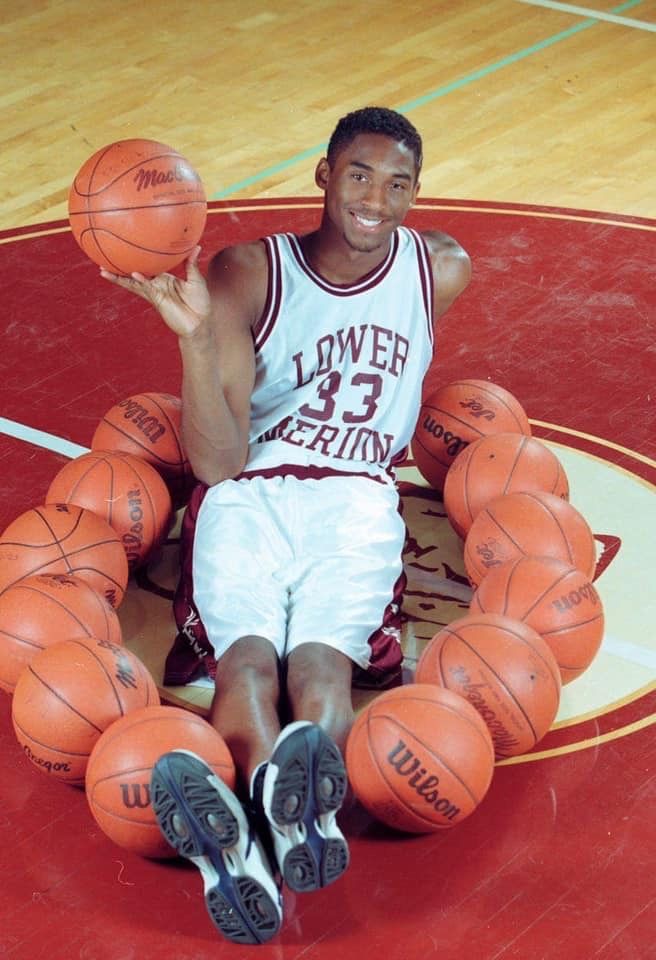
The coach, in turn, must attract the interest of every future basketball player, make sure that the game is only a joy, not a burden. This game requires a great desire to learn and in order to enter the first real game you need to train and train sparing no effort.
Everything must be approached with common sense
Every parent, bringing his child to basketball, immediately begins to wonder when he will achieve the result. You need to understand that more than 50% of success depends on the player, on his diligence and desire. The coach, on the other hand, can only give an inaccurate answer based on the physical abilities of the athlete. It often happens that a child has amazing physical data, but does not want to work. The probability of such a player becoming a champion is not great. The opportunity to become a champion is for someone who, having no abilities, trains tirelessly and as a result achieves what he wants.
Of course, we must not forget that height and complexion play an important role.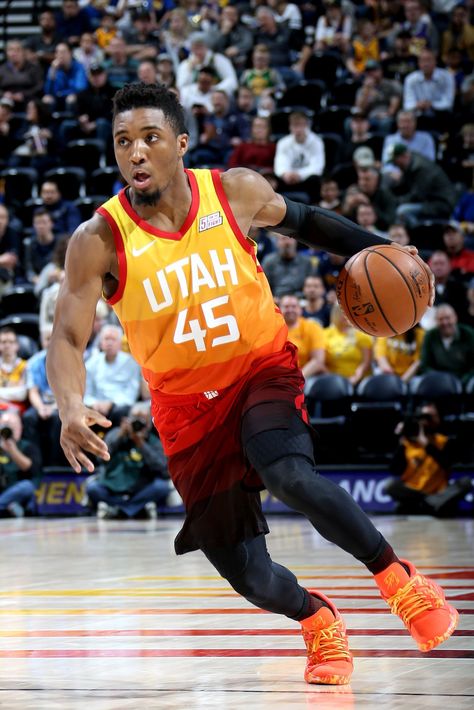 There is an opinion that it is better for an athlete who does not have the height of Gulliver to forget about basketball. With good growth, you can easily shoot balls into the basket, eliminate the opponent's attack and take possession of the ball while defending the ring. But players with small stature are distinguished by high speed and agility, and they also know how to throw the ball perfectly over long distances. You should also not forget that basketball promotes growth, so today you were in the lists of athletes of short stature, and tomorrow you got up from the ranks of tall ones. One of the main qualities of the future basketball player is the character of the war, the core, the will to win. This game seems to be very easy at first glance. But getting to know her better, you will understand that everyone can play carelessly, and only the elite can play professionally.
There is an opinion that it is better for an athlete who does not have the height of Gulliver to forget about basketball. With good growth, you can easily shoot balls into the basket, eliminate the opponent's attack and take possession of the ball while defending the ring. But players with small stature are distinguished by high speed and agility, and they also know how to throw the ball perfectly over long distances. You should also not forget that basketball promotes growth, so today you were in the lists of athletes of short stature, and tomorrow you got up from the ranks of tall ones. One of the main qualities of the future basketball player is the character of the war, the core, the will to win. This game seems to be very easy at first glance. But getting to know her better, you will understand that everyone can play carelessly, and only the elite can play professionally.
Go get an education, it's too late for you to be a basketball player - The Jay's - Blogs
NBA players who started playing basketball very late
We all know basketball players like Kobe Bryant, LeBron James and Michael Jordan.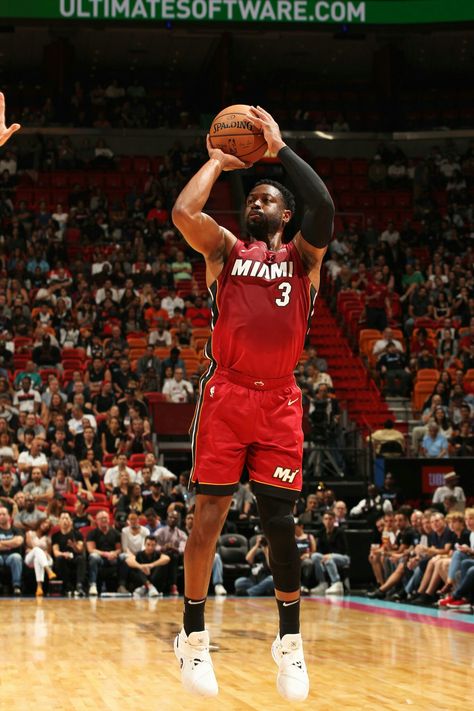 They played basketball all their lives, they were talked about even during their school years and no one was surprised by the fact that sooner or later they would get into the world's major basketball league.
They played basketball all their lives, they were talked about even during their school years and no one was surprised by the fact that sooner or later they would get into the world's major basketball league.
But what about the players who first picked up an orange ball, not at age three, but in high school, or worse, college? What chances do they have to achieve at least some success in the basketball field, and do they exist at all?
Everyone has a chance. This is the beauty of basketball. Today we will talk about athletes who got acquainted with basketball much later than most players.
Joel Embid
When began: 2011 (15 years)
Statistics for careers: 22.8 + 9.9 + 2.8 + 2.0 (Glasses \ Transmission \ Blocks) 9000
Achievements: All-Rookie First Team, All-Star, NCAA Defensive Player of the Year.
Process already looks like the top 3 center in the entire league. In today's NBA, if you're a center and you don't have a good and consistent shot, you're in for the fate of Hassan Whiteside. Old-school centers are no longer interesting to anyone, their actions are predictable, there is no threat from them on the arc, therefore this gives more freedom to the defending team. And that's why players like Anthony Davis, Karl Towns, DeMarcus Cousins and Joel Embiid sat down on the "basketball Olympus".
Old-school centers are no longer interesting to anyone, their actions are predictable, there is no threat from them on the arc, therefore this gives more freedom to the defending team. And that's why players like Anthony Davis, Karl Towns, DeMarcus Cousins and Joel Embiid sat down on the "basketball Olympus".
But if in the case of the first three centers, the ascent took 15-20 years, then Embiid needed only 7.
Initially, "The Process" wanted to become a volleyball player and try his hand at the European Championships. But when the young Embiid was 15 years old, he picked up a basketball for the first time and began to copy Hakim Olajuwon's style of play. Joel liked the game so much that in the same year he went to a basketball camp organized by Luc Mba a Mute in Cameroon.
As a result of this camp, Luke was so impressed with Embiid's game and potential that he invites him to try himself in America.
At the age of 16, Joel Embiid moves to the USA and decides to become a professional basketball player.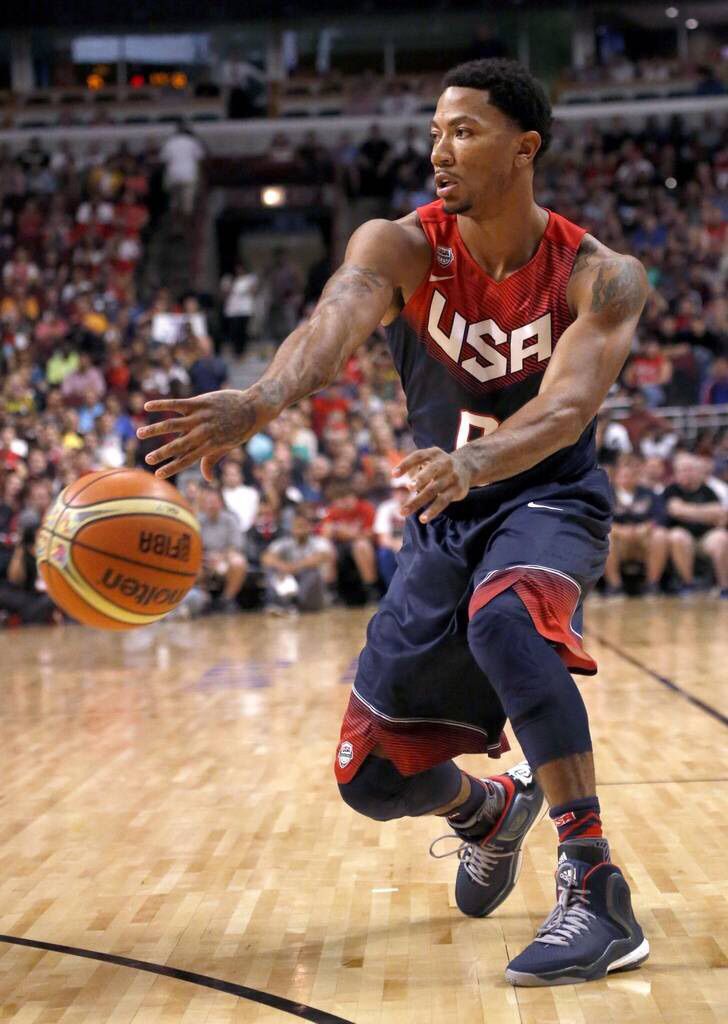
In the states, the "Process" continued to progress and got into one of the best student organizations - Kansas. In his only college season, Embiid scored something like 11+8, entered the top 30 students and entered the draft with a back injury.
At first, Joel did not work out in the NBA, just because of the unfortunate injury, and for the first two years he almost completely lay in the infirmary. But after the recovery and after the last season, we see a top center, who is undoubtedly far from his peak and will continue to progress.
Dennis Rodman
When began: 1983 (21 years old)
Statistics for the career: 7.3 + 13.1 + 1.8 + 0.6
Achieving: Member of the Glory Hall, 5-fold champion NBA, 2-time Defensive Player of the Year, 2-time All-Star, 7-time defensive top five.
The best rebounder in basketball history, ready to rip opponents' elbows out with the ball, didn't get into basketball until high school. And it is very difficult to call this acquaintance the beginning of his basketball career. Rodman, a model of his school years, did not really know how to dribble, and his shots from under the basket left much to be desired, not to mention the shots from the middle. As a result, throughout his school career, Rodman sat on the bench. Also, young Dennis tried to get into the school football team, but failed there too.
And it is very difficult to call this acquaintance the beginning of his basketball career. Rodman, a model of his school years, did not really know how to dribble, and his shots from under the basket left much to be desired, not to mention the shots from the middle. As a result, throughout his school career, Rodman sat on the bench. Also, young Dennis tried to get into the school football team, but failed there too.
Of course, after such a school "performance", no college offered Rodman an athletic scholarship. As a result, Dennis graduates from high school and goes to work as a janitor at the local airport. And just at that time, the young player has a so-called "growth spurt" and decides to try his hand at basketball again, despite the fact that he did not feel very comfortable in his new two-meter body.
A friend of the Rodman family, he got a position as head coach at a small college in Texas, and offered the young Dennis a scholarship. As a result of his first and only semester (Rodman was expelled for poor progress), the young player scores 17 + 13! Agree, very good numbers for a player who a couple of years ago could not get out from under the ring.
The most interesting thing is that during high school, Dennis was only 170 cm tall. But by the time he went to college at 21, Rodman was already 204 cm tall! It's amazing how he has grown so much in just 4 years.
After his first undergraduate performance failure, Rodman was given a second chance at an Oklahoma college whose team was NAIA. There he spends three fruitful years, gaining 25 + 15, becomes the leader in rebounds and gets into the 19th draft.86, where he was drafted 3rd overall by the Detroit Pistons in the second round.
Everything that happened next is history. Dennis went from a calm and reserved player who did his job in the Pistons, like other "bad guys", into an outrageous, media player.
But it is worth noting that this did not affect his game in any way. Rodman became the best defensive player of the championship 2 times, got into the top five defensively 7 times and became the best rebounder 7 times in a row. Well, it’s not worth talking about his five championships, everyone already knows about it.
Interesting fact: Father Dennis Rodman has 48 children.
Another interesting fact: Dennis Rodman is the oldest of them.
Moving on.
Hakim Potzzhivon
When I started: 1979 (16 years)
Statistics for career: 21.8 + 11.1 + 2.5 + 3.1
Achorization: Member of the Glory Hall, 2- 2- 2- 1x NBA Champion, 1x NBA MVP, 1x Finals MVP, 12x All-Star, 2x Defensive Player of the Year, one of the top 50 basketball players of all time.
The Dream, until the age of 16 he was exclusively fond of football and handball. And it was a football career that helped Hakim with footwork and body balance in the future.
At the age of 16, the two-meter Olajuwon is invited to take part in a basketball tournament (despite the fact that Hakim has never played it). There, a basketball coach notices him and informs Hakim's parents that their son may have a good career, but in Nigeria he will remain only budding.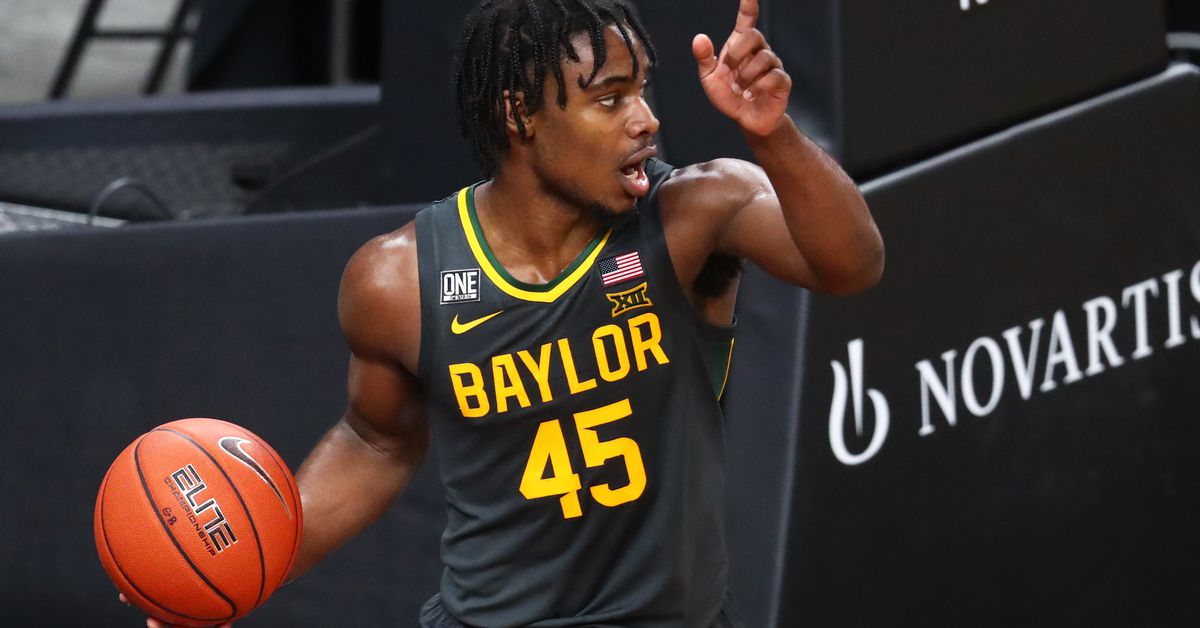 Hakim begins to train hard with his coach in order to achieve something in professional sports. Here's what he said about basketball:
Hakim begins to train hard with his coach in order to achieve something in professional sports. Here's what he said about basketball:
Basketball is something unique. When I took the ball in my hands, I immediately knew that this is what I want to do all my life, you know? After that moment, any other sports lost their meaning for me.
As a result of all this, the parents of a young basketball player sent him to America, where Houston College was waiting for him to watch. Hakim impressed coach Guy Lewis with his game and he accepted the young player into the squad.
Season 1980/1981 Olajuwon missed out because he was still too young to play in the NCAA (17 years old). But over the course of the next three years in college, Hakim screwed up and showed the entire student league who's boss in the paint!
He becomes the Final Four MVP, also earns the NCAA Southwest Conference MVP, and the Rockets begin to fold the 1983/1984 season to take Hakim with the first pick in the upcoming draft.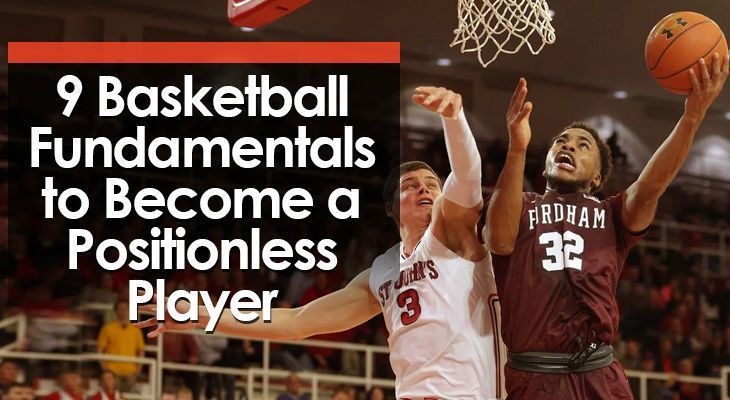
If you are reading this and think that Hakim was very good, you are right. But do not forget that The Dream achieved all this in 5 years from the moment of his first basketball game!
What happened next - you yourself know everything again. Hakim became one of the best centers in the history of basketball, an innovator and creator of new offensive techniques in the paint. Seriously, show me one player in the history of basketball that has played better than Hakim in the post?
Olajuwon led his hometown of Houston twice to the championship, became the most valuable player in one of the finals, the most valuable player in the league and was twice recognized as the best defensive player. Great career, great player!
DIKMBA MUTOMO
When I started: 1984 (17 years old)
Statistics for careers: 9.8 + 10.3 + 1.0 + 2.8
Achieving: Member of the Glory Hall of NBA, 8-fold All-Star, 4-time Defensive Player of the Year, 2-time rebounding leader, 3-time block shot leader.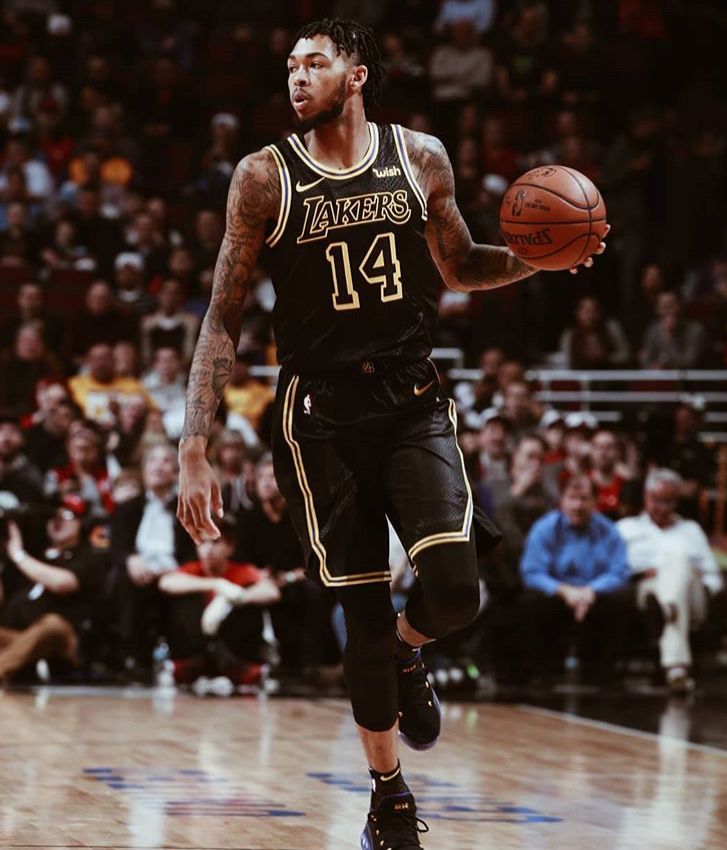
Another African who started playing basketball very late.
Until the age of 17, Dikembe "not in my house" Mutombo was fond of football only and did not see himself anywhere except on a wide lawn (or sandy wasteland) with goals along the edges. So his youth passed, if not for his older brother, who invited him to play basketball.
Basketball meets Dikembe in style. In the first game, Mutombo cracks his chin and tells his brother that he will never play this "stupid game" again.
But still, after a couple of weeks, the brother again persuades Dikembe to play. And from that moment began the basketball adventure of one of the best defensive players in the league. Mutombo started playing in the African League and achieved excellent results. A vivid confirmation of this is a sports scholarship from Georgetown.
Mutombo enters the NCAA at the age of 21 and immediately shows great results. In his very first season, Dikembe manages to make 12 blocks in ONE game! And in general, the period 1988-1990 was one of the best in history for Georgetown. Under the ring, along with Dikembe, was another future member of the hall of fame - Alonzo Morning. Their bunch was even nicknamed "Rejection Row".
Under the ring, along with Dikembe, was another future member of the hall of fame - Alonzo Morning. Their bunch was even nicknamed "Rejection Row".
College career can be called successful. Mutombo was named to the NCAA East Division First Team as well as the All NCAA Third Team, and was selected with the 4th pick in the 19 draft91, aged.. 25 years old.
But even with such a late start, Mutombo had a long and fruitful career, spending as many as 18 seasons in the league!
He achieved everything, almost everything. Dikembe never received the coveted ring, but few would say that his career was not a success.
Throughout his career, the Congolese basketball player has demonstrated high professionalism, quality defense and incredible block shots. Mutombo was named the NBA's Defensive Player of the Year four times, was elected to the league's All-Stars three times, and took part in the All-Star game eight times.
Tim Dancan
When he started: 1991 (15 years)
Statistics for the career: 19. 0 + 10.8 + 3.0 + 2.2
0 + 10.8 + 3.0 + 2.2
A achievements by career: 5-fold champion NBA, NBA, NBA, NBA, NBA, NBA, 5-fold champion NBA, NBA, 5-fold NBA 2-time MVP, 3-time Finals MVP, 15-time All-Star, 15-time All-Star (10 times first), 15-time Defensive Five, Rookie of the Year, 2003 Athlete of the Year, NCAA Player of the Year .
Tim Duncan is the best basketball player of the 2000s and possibly the greatest basketball player of the 21st century. Try to convince me of this as much as you like, but such a stable, unselfish and simply excellent player is very difficult to find. Duncan is a hard worker who does an enormous amount of work from game to game, from season to season, without requiring any attention and encouragement from the basketball community.
But it all started in the Virgin Islands, when young Tim, looking at his sister Trisha, who was a swimmer, wanted to follow in her footsteps. Duncan trained hard every day and dreamed of taking part in the Olympic Games - 1992.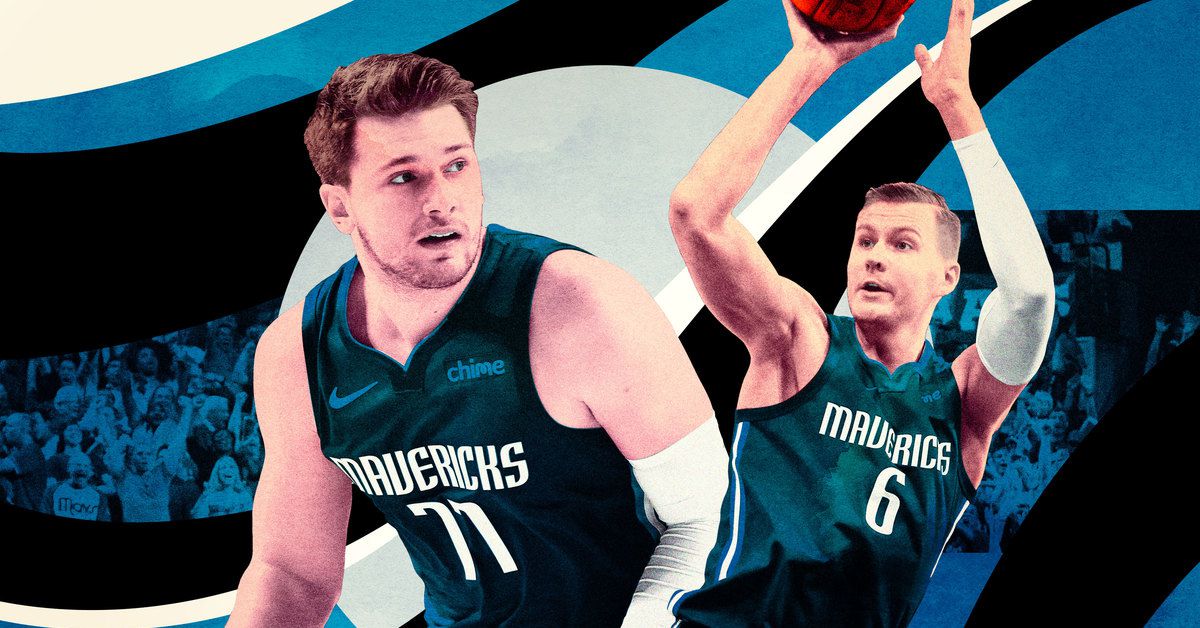
But his dream was not destined to come true. In 1989, Hurricane Hugo swept through the Caribbean and caused damage to many countries, including Tim Duncan's native Virgin Islands. And everything would be fine, but the same hurricane destroyed the only pool on the islands and Duncan now had nowhere to train.
You say - hey, if he lives on an island, then the ocean is around! Why shouldn't he train there? It's very simple - Duncan is terrified of sharks. That is why his swimming career ended so early.
At the age of 15, Duncan picks up a basketball for the first time and starts playing for the school team. And here is what his first coach said about Timmy:
Duncan was just huge. He was big and tall, I haven't trained players like that for a long time. But despite all his dimensions - he was just terribly clumsy!
Gradually Tim began to improve, averaging 25 points in his senior year at school. His game has attracted a large number of universities and colleges from all over America.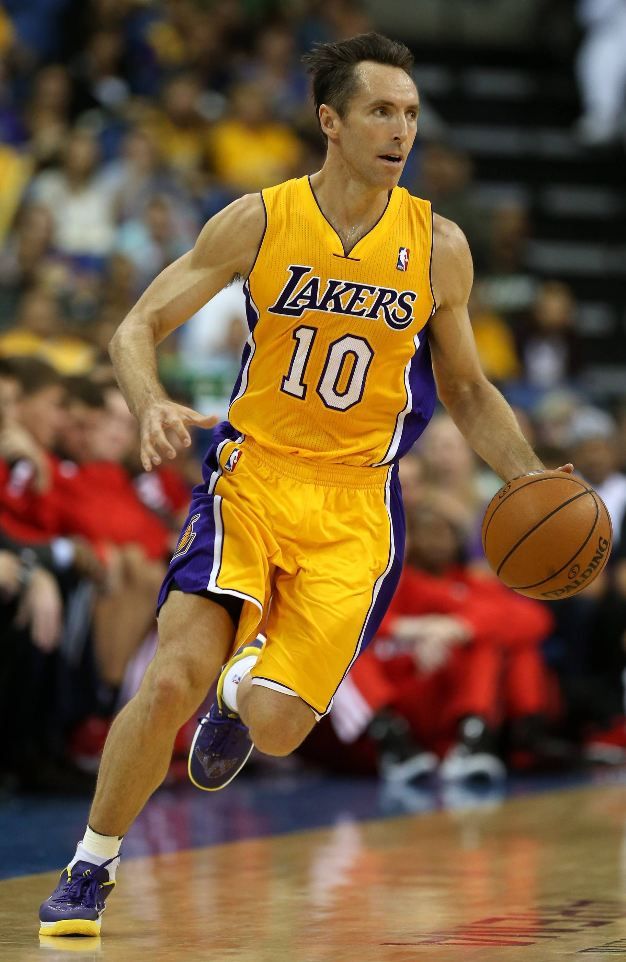 And Wake Forest offered the young player an athletic scholarship.
And Wake Forest offered the young player an athletic scholarship.
In college, Duncan begins to develop his usual playing style. Simple but effective. Duncan combined many aspects of the game, such as high-quality post play, open mid-range shots, and tough defense. It was this style that helped not only him, but also his team, to show good results in the NCAA.
Duncan, one of the few superstars (if not the only one) who spent all four years of college! All because he promised his mother, who died the day before Tim's 14th birthday, that he would graduate from college and get an education.
In the end, over 4 years in college, Tim was 97-31, scored over 2,000 points, 1,500 rebounds and 400 blocks and was automatically selected for the 1998 draft, where he was selected with the first pick of the San Antonio Spurs.
With the Spurs, Duncan first became assistant to David Robinson, then became the team leader himself for many years. San Antonio is a 15-year dynasty, just like the New England Patriots (as a fan of all Boston teams, I just had to compare the two franchises).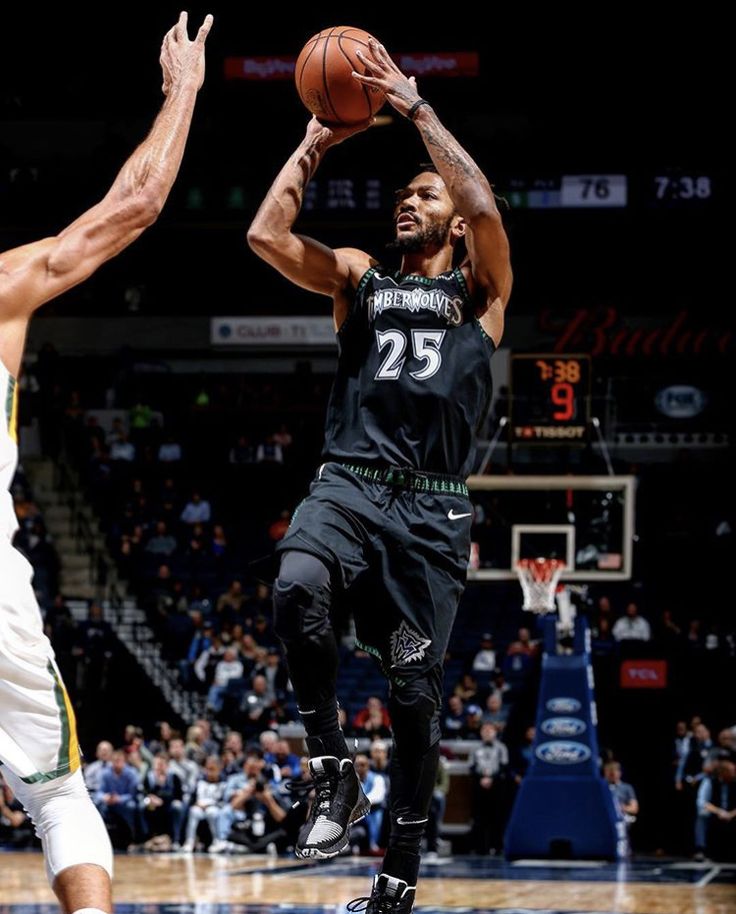 And all this time, the main face of the team was Tim Duncan, the man who achieved everything in the NBA.
And all this time, the main face of the team was Tim Duncan, the man who achieved everything in the NBA.
Yannis Antetokunmpo
When I started: 2007 (13 years old)
Statistics for career: 12.2 + 6.6 + 2.9 + 1.1
Achiors: The most progressive player NBA, 2-fold All-Star Team Member, 2nd NBA Team.
Giannis was born in Grezzi, in a family of Nigerian immigrants and until the age of 13 he played only football, having absolutely no idea what basketball is and who needs it at all.
Yannis and his family had a hard time, to put it mildly. There was a catastrophic lack of money, so he and his brother sold all sorts of trinkets, watches, bags on the streets, trying to somehow help their parents with finances. Well, after a hard day, Giannis and his brother went to the football field and chased the ball until late.
That was until 2007, when basketball appeared in the life of the young Antetokounmpo.
The young player fell in love with the game and began to devote all his free time to developing his basketball skills. And it paid off! Two years later, in 2009, Giannis starts playing for Fylatlitikos youth team.
In 2012, The Greek Freak made the main roster, spent a middle season in the Greek League Two and entered the 2013 draft, where the Milwaukee Bucks nonetheless were selected.
Giannis' NBA career developed over three seasons. The coaching staff worked very competently here, which, as Antetokounmpo performed in the league, gradually loaded him with new baggage of knowledge and skills. Giannis soaked it all up like a sponge and as time went by, his minutes played and his role in the team increased.
Now Giannis is the future of basketball, the second LeBron, the man who can make the Eurostep from the three-point line. I'm afraid to imagine what will happen to this player in the future, because Giannis is only 23 years old! And he is already a franchise player and will progress in each next season.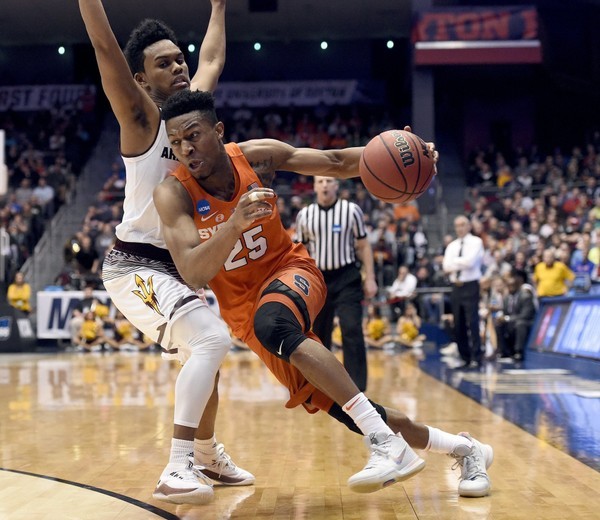
.0005
Achievements: 2x Defensive Player of the Year, All-Star, 4x Block Shot Leader, 3x Defensive Five.
Mark Eaton's story is probably the most amazing of all the players featured. Despite his rather impressive height (224 cm), Mark preferred to play water polo (???) than basketball.
After Eaton graduated from high school, he went to college to become an auto mechanic. Immediately after graduation, Mark moves to Anaheim, where he begins to work in his new profession.
After three years of carefree life as a car mechanic, he is found by Tom Lubin, who was fixing his car at Mark's. Tom was a chemistry teacher and assistant head coach at a small college in California. It was he who suggested that Mark try his hand at basketball and did not lose.
In two years of college, Eton averaged 14 points and led his college to victory in the California Collegiate Championship. After that, Mark chooses the Phoenix Suns in the 19 draft. 79 in the fifth round. Eton had the right to refuse and return to college, which he did.
79 in the fifth round. Eton had the right to refuse and return to college, which he did.
But this was not a small college somewhere in the middle of California. Eton received an offer from the famous UCLA, which he, of course, accepted.
Career at the main college of Los Angeles did not go up, but flew down with terrible force. In two years, Mark spent only 42 minutes, gaining 1+2 in 11 matches. And of course, no one wanted to take him in the draft. Nobody but Utah. The leadership of "Jazz" was guided by iron logic - everything can be taught to the big, the main thing is that it is big.
Fun fact: Wilt Chamberlain was in attendance at UCLA once Eaton played. The great center saw the frustrated Mark and gave the young player some advice, in particular: to "score" on attacking actions and focus on protecting his own ring, collect rebounds and pass the ball to faster partners, instead of competing with the same fast opponents. The conversation is said to have marked a turning point in Mark's career.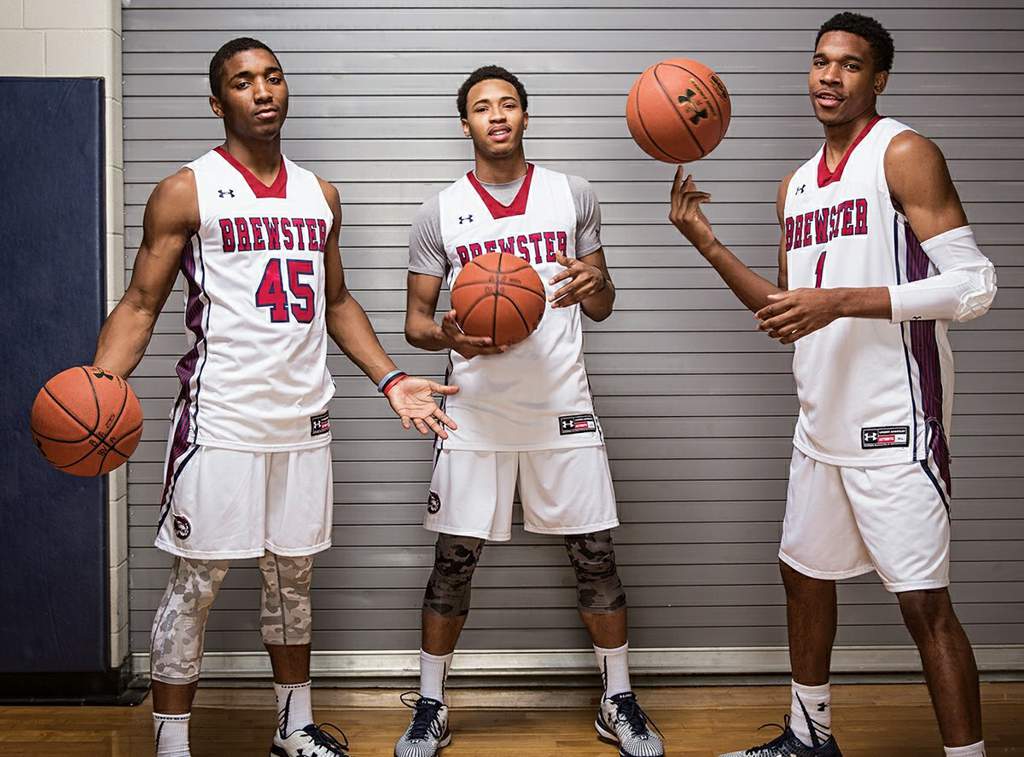
"Utah" did not lose. In his first season, Mark becomes the team's starting center while setting a new league record for blocked shots in a season. In the 1973-1974 season, Mark averaged 5.5 blocks per game and also grabbed 11 rebounds and was named the best defensive player.
Eton's career can hardly be called great. But the fact that he was an excellent defensive player should not be in the slightest doubt. Two titles of the best defender of the league and fixed by “Utah” 53rd number is a vivid confirmation of this!
Players who also started late: Dirk Nowitzki, Shaquille O'Neal, Manute Bol, Michael Olowokandi, Steven Adams.
As you can see, everything depends on desire, hard work and daily training. If you are over 20 years old and you are an African seven-footer, then you have a good chance of getting into the world's major league. But if not, you still have a chance. 1 out of 100,000, 1 out of 1,000,000, but it's there.